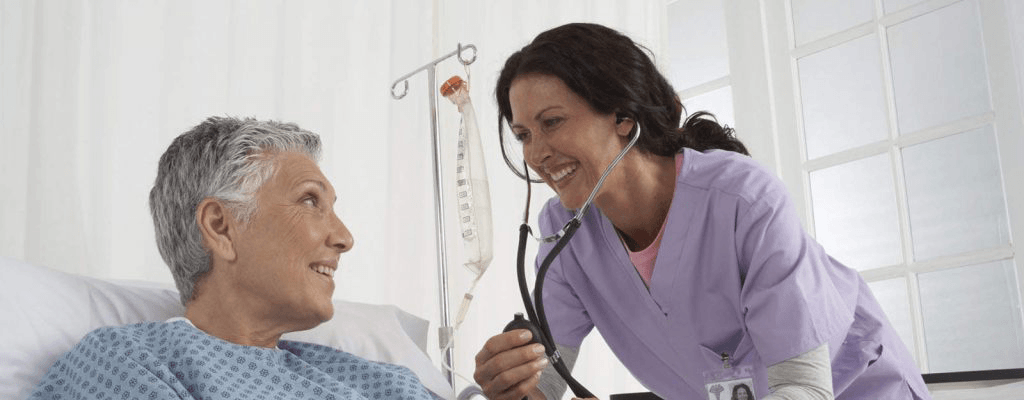Things to consider before choosing a skilled nursing care provider
The healthcare industry is undergoing a rapid transformation. The skilled nursing facility providers are high in demand for taking care of patients after a major disease or during the phase of rehabilitation. There are five key areas of consideration for choosing the skilled nursing facility (SNF). These are discussed in the below-mentioned pointers:
1. Organization and capacity of medical staffs
The organization that is offering the skilled nursing facility is to be checked for the reputation and credibility. It is to be ensured, that the medical staff or the nurses completely understand the complex care needs that a fragile patient requires. Accordingly, the nurses adopt the best interdisciplinary approach which involves both the patients and the families as well.
In case of skilled nursing facility provider, the nurses need to be physically based in the patient’s place and are responsible for the following:
- All the necessary provisions for physician services and also coordination of the care transitions.
- Ensuring that the patients are improving and is moving from the acute care setting to the SNF that may be available in the patient’s home or in a rehabilitation center.
- Coordinating on all the care transitions with the help of the primary care physicians.
It is to be ensured that the nursing staffs are well-trained and experienced to handle critical patients with ease.
2. Assessment of operational readiness
The hospital or the patients’ families should evaluate the performance and operations in order to ensure that the nursing facility has the readiness and ability to manage all the episodes of care. There are several factors which need to be evaluated before finalizing the skilled nursing facility such as, the clinical protocols, the care model, the process of medication reconciliation, SNF-specific performance data & outcomes. Medical reconciliation is an organized process which is being utilized for comparing the patient’s current medications with the list that is available in the medical record. In order to manage the complexity of various pharmaceutical interventions, there are several SNFs preferring to move to in-house pharmacy review and get the aid of automated dispensing systems that provide unit dose packets consisting of appropriate medications for each of the patient.
3. Capacity of engaging patients and experience
There are several studies conducted where the patients actively involve themselves in the decision-making of their healthcare which tend to yield better outcomes. As a result of the same, there are several healthcare organizations which have been in the initiative of placing heavy emphasis on the patient education. They are encouraging the patients and their family to take an active part in the overall decision-making process during the phase of recovery.
There are several health coaching programs that support the engagement of the patients by deploying a variety of the techniques which are aimed at behavior changes. These include the stages of change, self-management techniques, motivational interviewing, social cognitive theory and positive psychology.
There are skilled nursing facilities which develop certain specialty niches such as the rehabilitative care, palliative care, stroke care, respiratory care, Geri psych units. These specialized units differentiate themselves in their niche offerings as well as provide the post-acute specialty care services that are required for the effective management of the specific episodes of the care. The nursing care services are designed with more of the private rooms spread across in smaller units. This appears less institutional and has the potential to provide better social, dietary and therapeutic services.
To make the nursing care services more specialized, the administrators ensure that the patients do not feel lonely and bored while in the process of taking the nursing care. Thus, the patients are provided with remote devices and computers that facilitate them to stay connected during the phase of receiving nursing care. This is a modern-day approach of adopting technology in order to enrich the overall patient experience in the period of convalescence.
4. Care transitions
Organizations are designing innovations related to the transition initiatives in order to reduce the unwanted readmissions for the skilled nursing facilities patients. The management of the SNFs ought to be aware of the programs and actively execute patient care transitions. There are several examples of the healthcare organizations and hospitals implementing the patient transition initiatives in order to prevent the avoidable admissions and to improve the quality of patient care. One good example of Care Transition Program is when a designated nurse is being assigned as a Transition Coach. This nurse is responsible for conducting a home visit to the patient within 72 hours of discharge from the hospital and speaks to the patient on the post-discharge days 2, 7 and 14. In these encounters, the Transition Coach takes the responsibility of preparing the patient for the upcoming appointments with the physician or health care providers. The four major parts of the Care Transition Program are self-management, follow-up with the physician, patient-centered record and the imparting of the necessary knowledge to patients regarding the warning symptoms and signs & ways of responding to them.
5. Application of Telemedicine and Information Technology
With the increased initiative of reforming health care, the continuous focus is on strengthening the care coordination in between the acute and post-acute areas. The need of the hour is to effectively capture, use and exchange information in a timely manner across the continuum. This would help the transition of the critical patients to SNFs. Thus, the usage of Information Technology and Telemedicine is very crucial in the entire process.
So, the above areas are to be determined carefully before choosing the best-skilled nurse facility for the best outcome and quick recovery of the patients.

